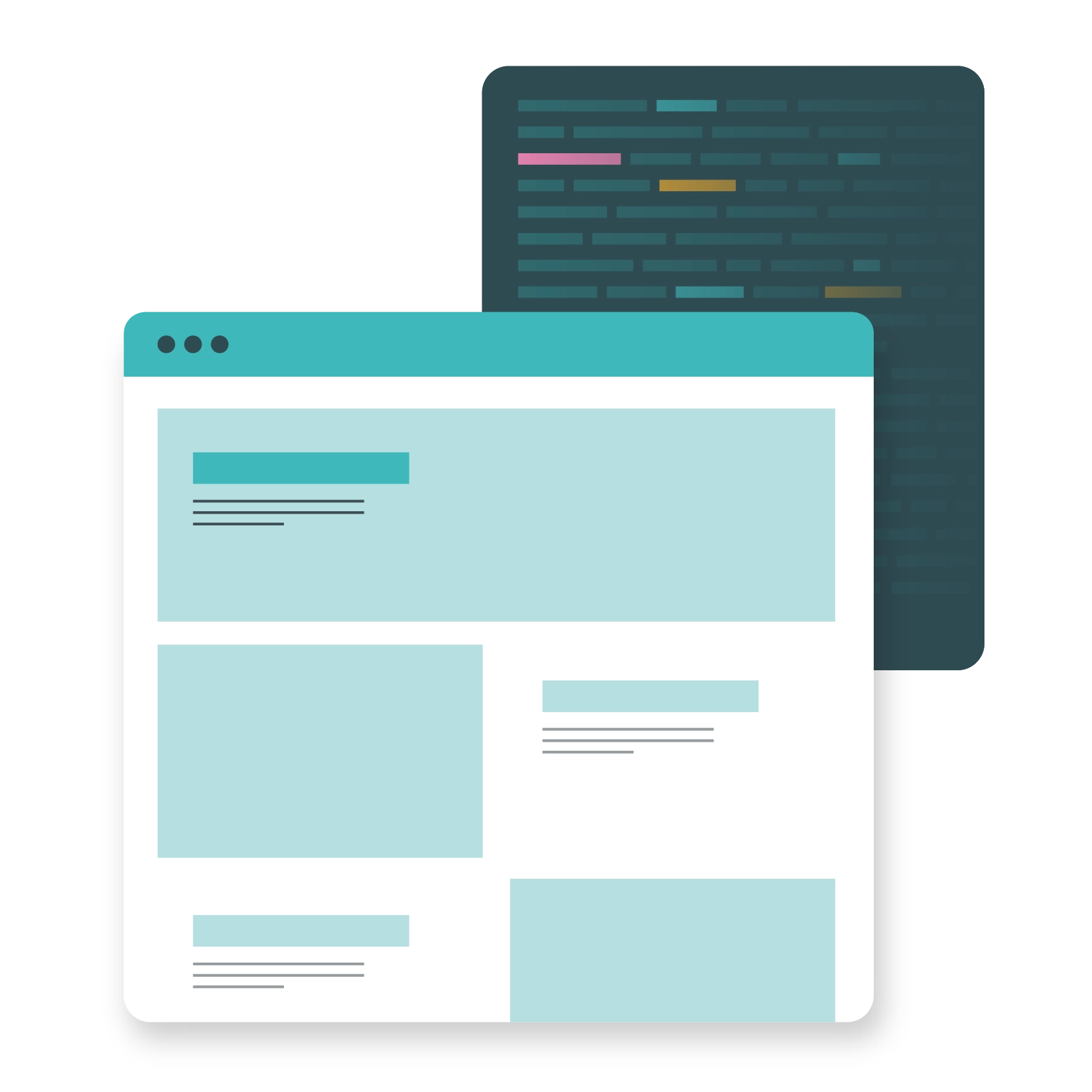If you’re in the business of web design, you’re one of those rare and highly sought after people who’s fluent in geek-speak. That’s fantastic news for you. It means you’re in one of the most lucrative professions of the 21st century. But for your web design agency to be successful and run the agency efficiently, you have to look at things from your client’s perspective.
Remember, what may be obvious to you is probably a bit of a mystery to your customers. While your clients may understand the significance of owning a digital asset in the form of a website, they may not necessarily be au fait with how building UX into your layout, using the right hosting partner, and coding vs using templated themes affects the functionality of the finished product. That’s why they’ve come to you: the expert.
Communication to clarify goals
Designing a website is a costly and time-consuming commitment for you, and the client. Of course, you’ve factored in profit for yourself. But that can quickly get eaten up if you have to spend extra time correcting mistakes and tweaking elements of the website because the client’s objectives weren’t clearly outlined from the start. This can often happen through lack of understanding on the client’s part. If they don’t understand how something works in the design process, they won’t be able to request it. Eliminate delays and friction by breaking down your client’s vision for the website and explaining how each goal is going to be met and at what stage of the design procedure.
Manage expectations and create boundaries
With platforms like Wix and Squarespace advertising the simplicity of DIYing a website, it may be difficult for your client to understand why a custom website takes longer to complete.

By explaining the process for creating a website from back to front, and showing how you are configuring many important benefits into the design things that cannot be achieved with a drag and drop motion, you are helping your customer to understand the value they are getting from your services. They’ll begin to see that this kind of attention to detail may take longer.
Illustrating the scope of what your design process includes and covers also helps to protect your agency from any misunderstandings that may arise about what you are delivering. You can show how you are billing for your time and resources, and how much of that you can dedicate to the client without compromising your other projects.

Expert advice that’ll supercharge your retainers.
Watch our webinar and learn how to get ahead in the market with the help of agency experts.Build trust with your client
It’s likely that there was a lengthy buy-in process before your client committed to the web design project. It’s also not uncommon to find that clients have been burnt by previous agencies or feel that they were mis-sold a service. Remove the veil of secrecy and be transparent about every step in the development process. That way, your customer can see what they are paying for and also trust that you are applying your expertise in a way that benefits them. By doing this from the early design stages of the website, you are ensuring that the customer will remain with you as their business scales and their requirements grow.
Make the onboarding process easier
When it gets to that exciting hand-off time, you want to ensure that your customer feels confident in operating the site and updating it themselves if that’s what they’ve chosen to do.

By including them in the design process, they will feel a little less overwhelmed when you hand over the keys. It’s essential to build a good rapport with the client throughout the design process because this enables them to get the most out of the service they have paid for. If they struggle to operate it and therefore are unable to get the ROI they had hoped for, it also reflects poorly on you. After all, having bragging rights to a successful, functional website that leaves your customers feeling thrilled with the results is going to look much better in your portfolio than a website that has crashed and burned directly after you launched it.
Mapping out your web design process is a best practice task for all agencies, it will help to establish a clear path going forward and give reassurance to your client that you are working hard towards meeting their objectives for the project.

